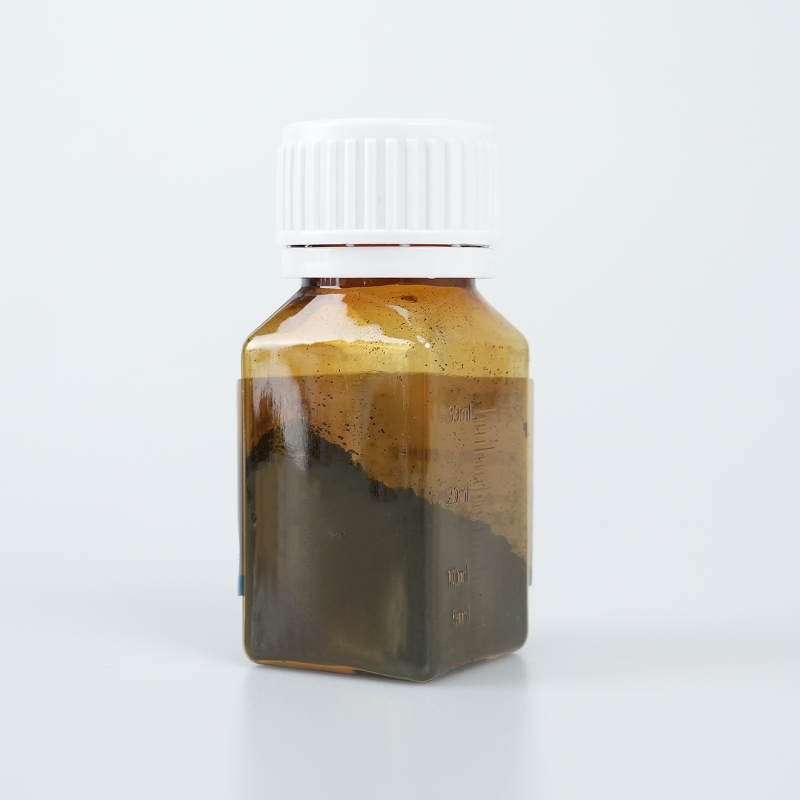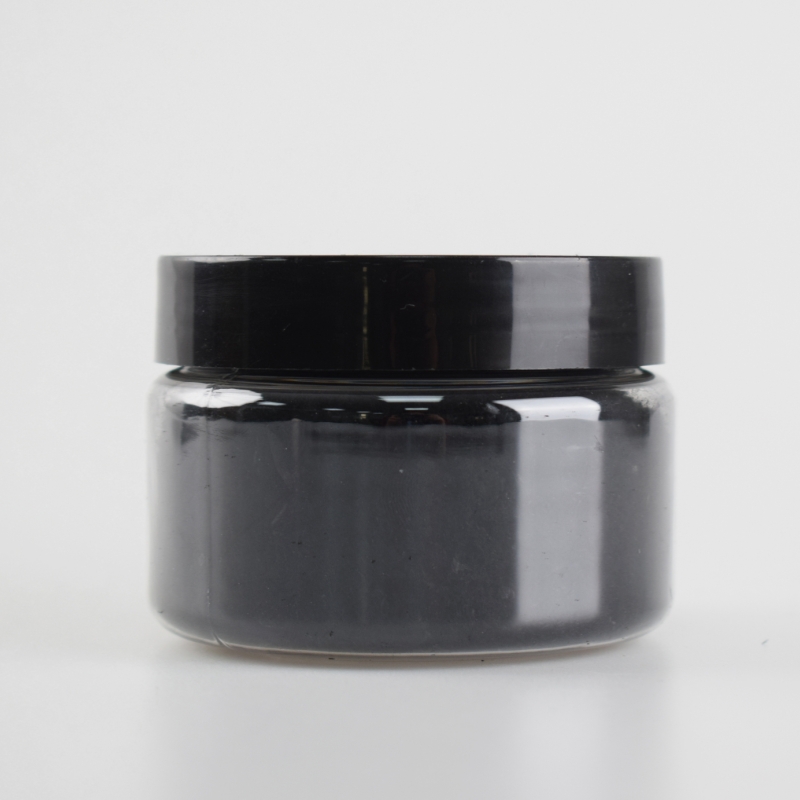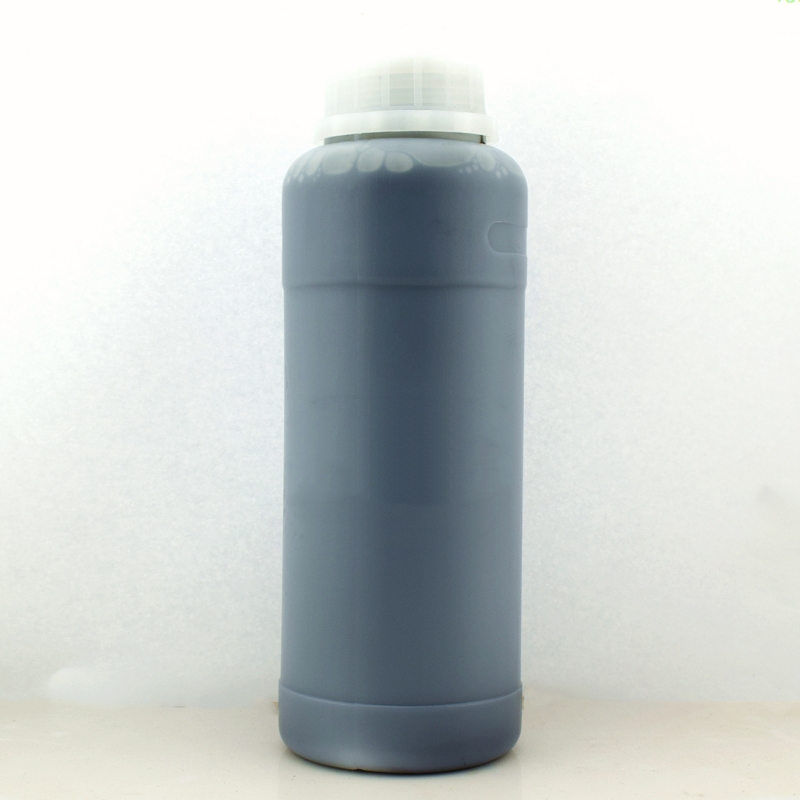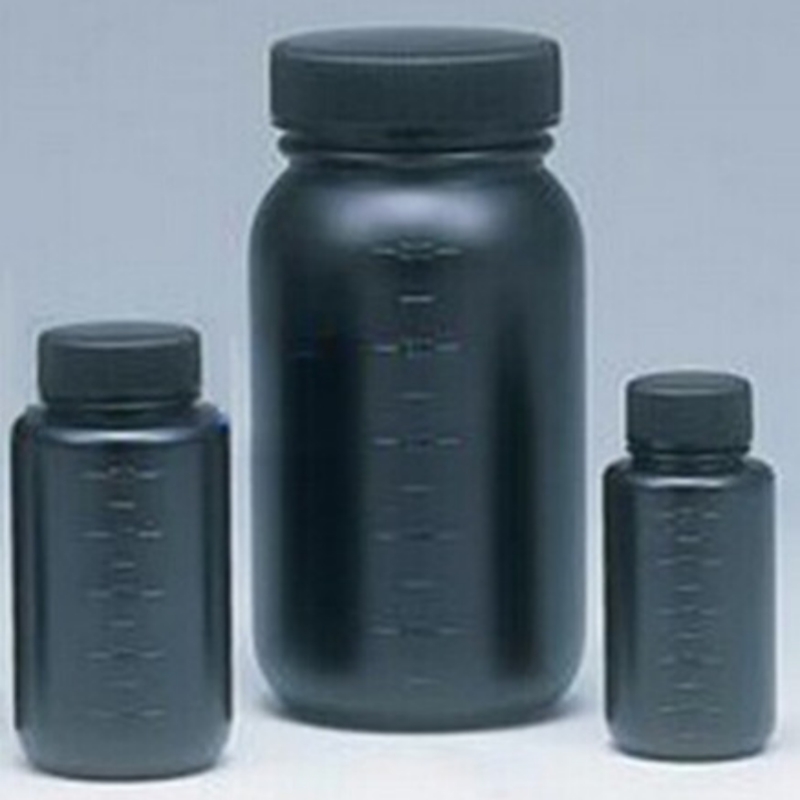Streptavidin-modified silver particles provide optimized bioaffinity, superior binding efficiency, and enhanced plasmonic properties. Designed for advanced applications, they ensure efficient conjugation, extended durability, and high-performance adaptability.
Product Overview
Streptavidin-modified silver particles are composite materials where streptavidin is coated on the surface of silver particles. The core technology of this material is the strong affinity between streptavidin and biotin. Biotin, a small molecule, can be covalently linked to various biomolecules, and streptavidin specifically binds with biotin. This unique property makes streptavidin-modified silver particles highly suitable for applications in biosensing, catalysis, and antibacterial fields.
Key Features
- High Biocompatibility: The streptavidin modification on the surface of silver particles enhances their compatibility with biological systems, making them ideal for biomedical applications.
- High Sensitivity: The strong affinity between streptavidin and biotin provides high sensitivity for silver particles in detection applications.
- High Specificity: The streptavidin-biotin system offers highly specific binding, improving the accuracy and effectiveness of particle-based detection.
Applications
- Biosensing: Due to the strong interaction between streptavidin and biotin, silver nanoparticles can be used in biosensors to detect trace amounts of proteins, nucleic acids, and other biomolecules.
- Catalysis: Silver nanoparticles exhibit excellent catalytic properties, making them useful in both chemical and biological catalytic reactions to enhance reaction efficiency.
- Antibacterial Testing: The antibacterial properties of silver nanoparticles make them valuable in the development of antibacterial materials and in antibacterial effectiveness studies.
| Item | Parameter |
| Concentration | 0.1 mg/mL |
| Solvent | Water |
Submit Your RequirementsWe will contact you within 24 hours.
 WOBO Scientific Research New Materials One-Stop Service Platform
WOBO Scientific Research New Materials One-Stop Service Platform











